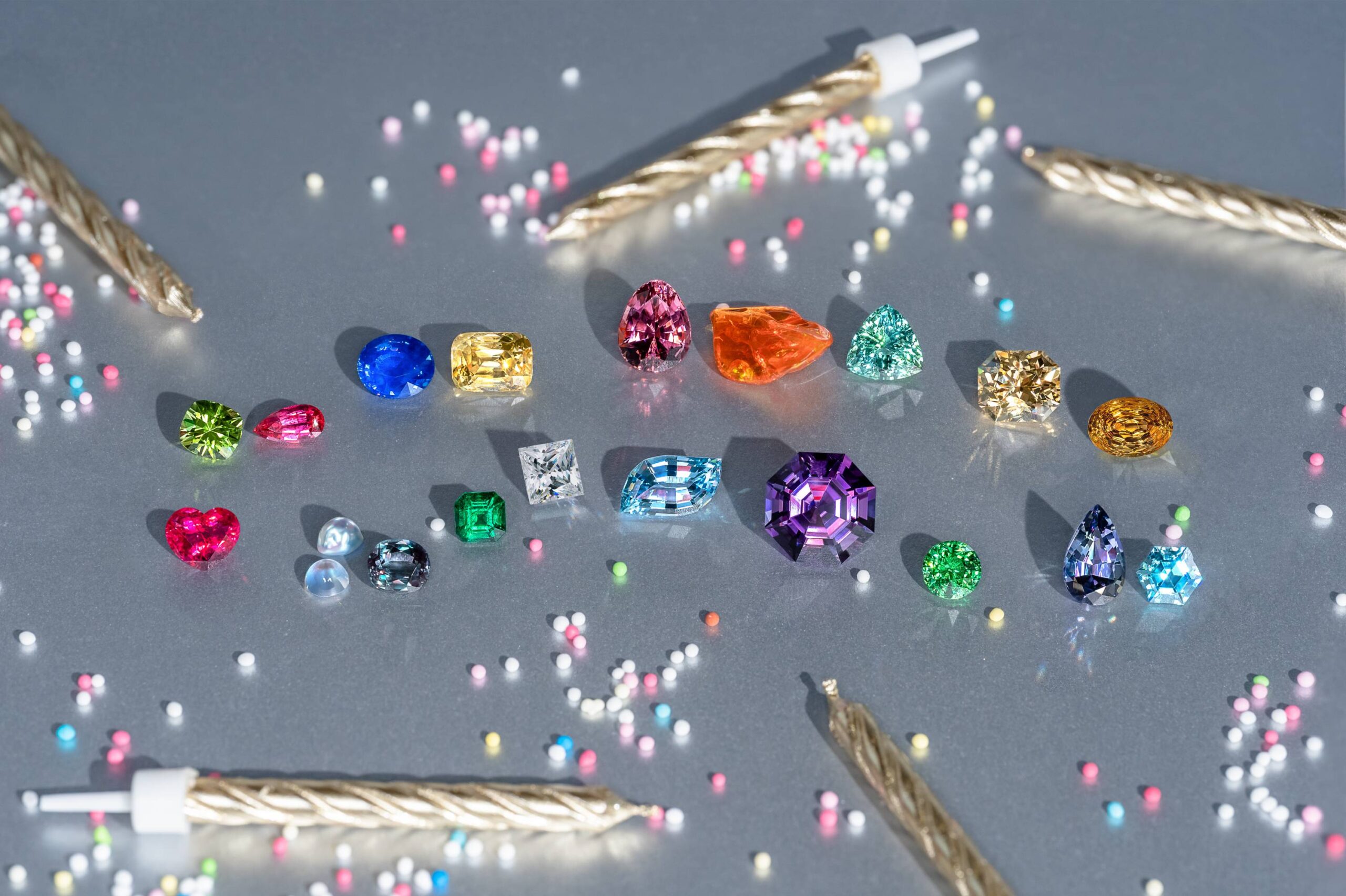
JANUARY | GARNET
‘Garnet’ originates from the medieval Latin granatus, meaning ‘pomegranate’, in reference to their red seeds. While the January birthstone is most famous for being red, Garnet actually comes in a whole range of colours including pink, orange, green, and purple. There are many different types of Garnet, from Tsavorite, to Demantoid, Malaia, colour change Almandine, Rhodolite and others too. Tsavorite, in particular, is growing increasingly popular for their lush green hue, spectacular sparkle and rarity. It is also over 300 times more rare than Emerald!

